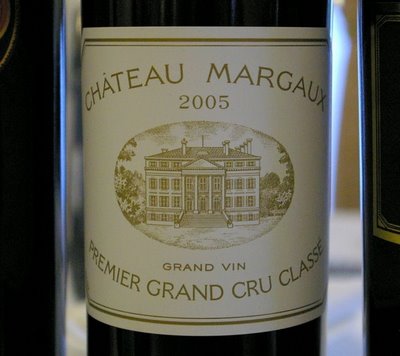
Since the 'Berlin tasting' reported on in Tuesday's blog post, I've been thinking about the issue of comparing different styles of wines.
My take on the tasting was that the Chilean wines were good, but simple, showing little more than sweet, lush, concentrated fruit. The Bordeaux, Italian and California wines, with one exception, were more complex and interesting, and had better potential to age. That isn't to say they were perfect - they weren't. But they were more serious.
But some suggest that we can't compare such different styles of wine. That wine tasting is subjective. That if someone likes the Chilean wines more, who is to say they are wrong?
I'm not going to say you are wrong if you prefer the Chilean wines, but I think you are mistaken if you consider them to be the qualitative peers of high-end fine wines from Europe's leading regions. There is a level of wine appreciation that is hedonic, based on the sense of innate deliciousness. It is important, but not the whole story.
For fine wine, learned appreciation which is based on knowledge and experience and intellectual appreciation is critical. We are part of an aesthetic system of fine wine. Take fine art as an example. Someone may travel on holiday to a Cornish fishing village and find an 'art' gallery with sentimental oil paintings of cliched Cornish fishing village scenes which they just love. They buy a painting to hang on their wall at home. Who is to tell them that they are wrong; that they have bad taste; that sentimentality is the death of art? After all, isn't art just subjective?
Not at all. There are aesthetic systems that are present in all disciplines, and what occurs now is built on what went before, and is refined by a system of benchmarking, criticism and so on. This applies also to wine. While there are differences of opinion among experts, we all more-or-less agree on what is serious, worthy and fine in terms of wine, if we are honest and have good, well-trained palates.
As a critic, it's my job to have opinions. It is the job of others to decide whether these opinions are reliable and well-judged. In the case of Tuesday's tasting, my opinion is that the Chilean wines didn't show enough complexity and relied on sweet, pure, ripe fruit for their effect. I don't think they'll age well. And there is a problem I have with Chilean wines in general: I find that there is this 'Chilean' character in red wines that overwhelms terroir and grape variety differences, and which is easy to spot blind.
It's not that I'm one of these old fogeys who only likes French wines. I'm an open-minded taster and I have praised top wines from Australia, New Zealand and California - and even South Africa - in the highest terms. I've also celebrated the best efforts of Chile (for example, the wines of Matetic and Maycas del Limari, and also many of Eduardo Chadwick's wines). But all the time I am benchmarking and looking for qualities that I think should be possessed by the world's great fine wines. I still find these qualities more often in the old world than the new.
Chile performs at the value and premium ends of the wine market. But it still has some way to go in terms of fine wine. That's my honest assessment based on lots of tasting. Do you agree?
Labels: Chile
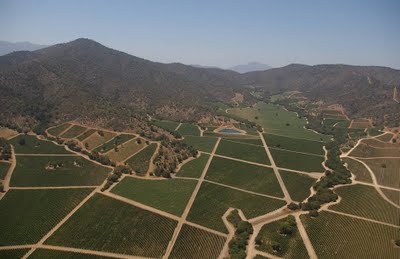
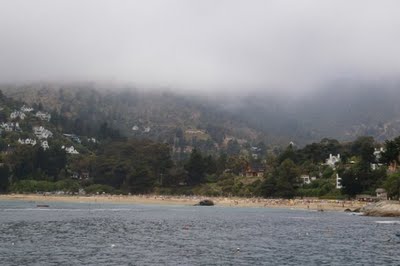
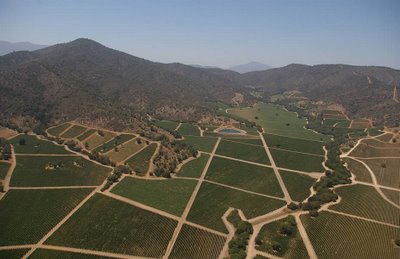
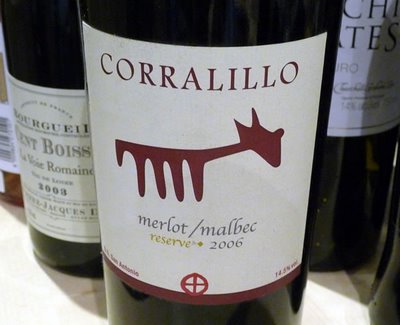
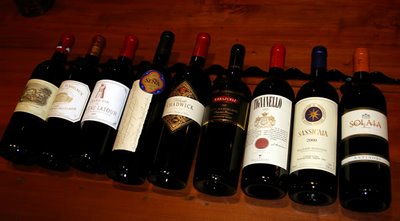
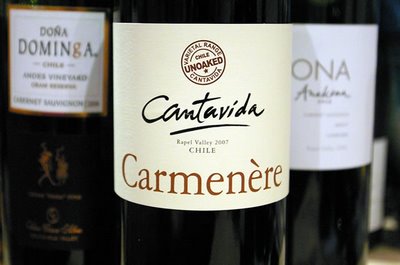
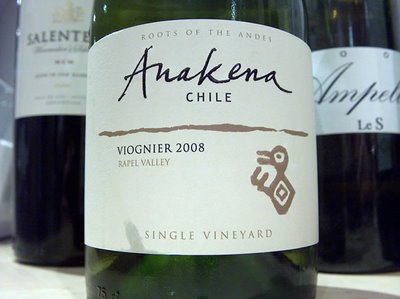
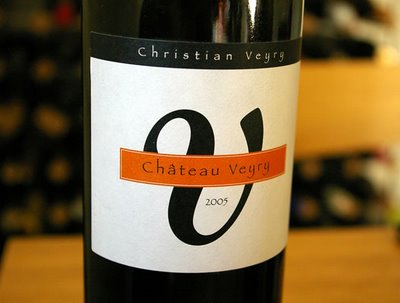
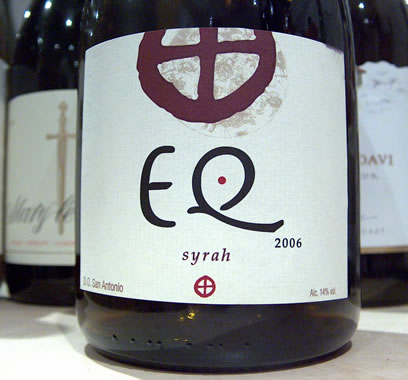
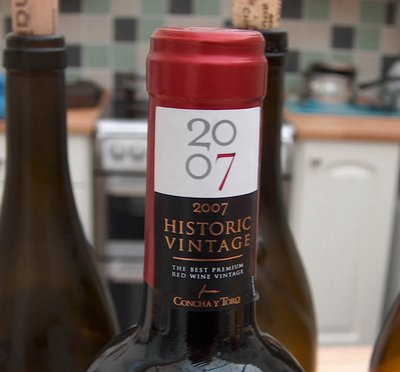
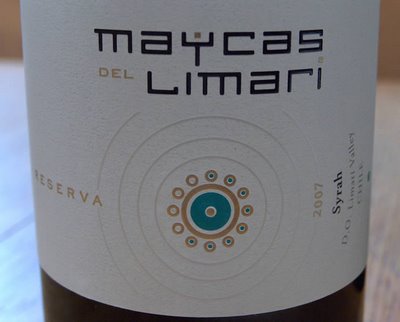
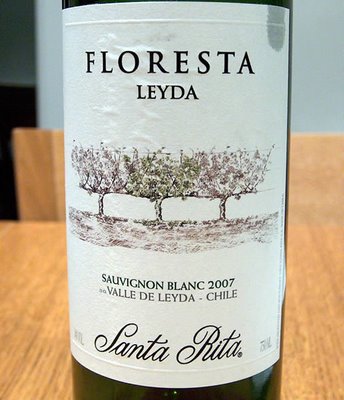
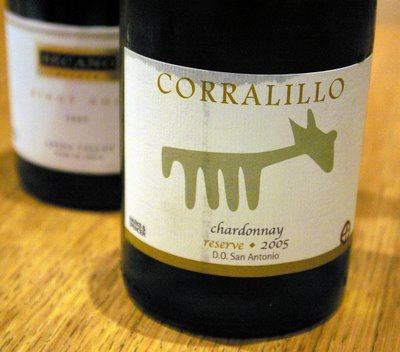
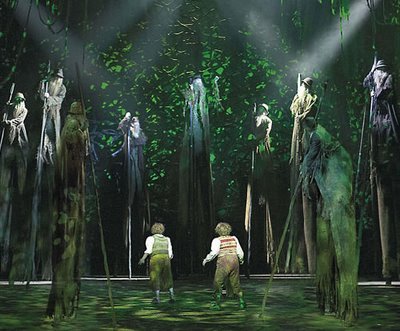
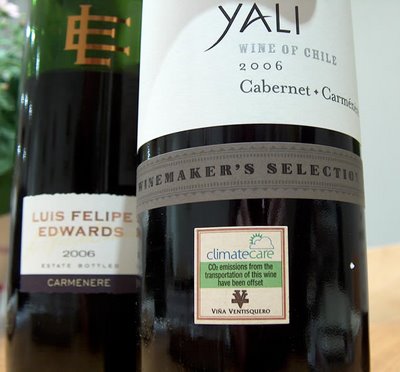
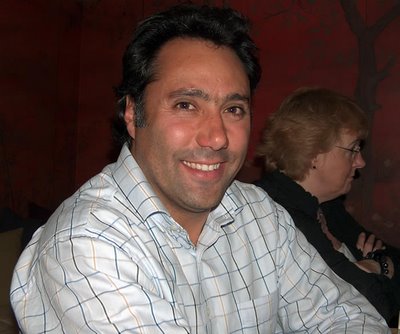
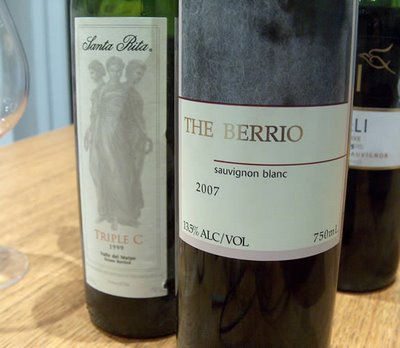

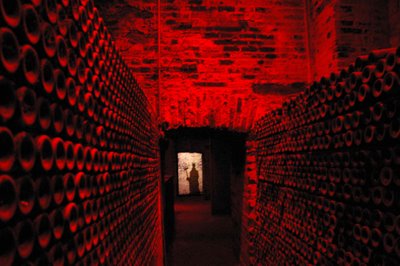
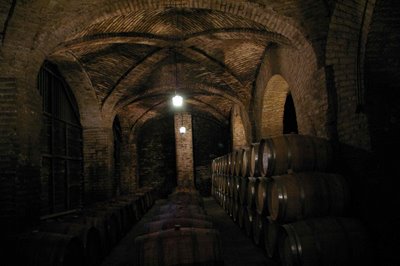
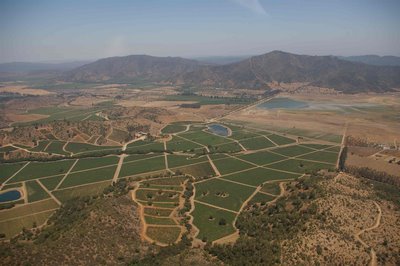
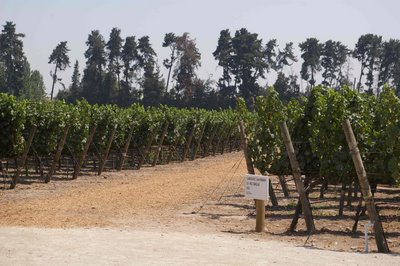
 The web log of wine journalist Jamie Goode. Feel free to nose around; your comments are welcome
The web log of wine journalist Jamie Goode. Feel free to nose around; your comments are welcome 
